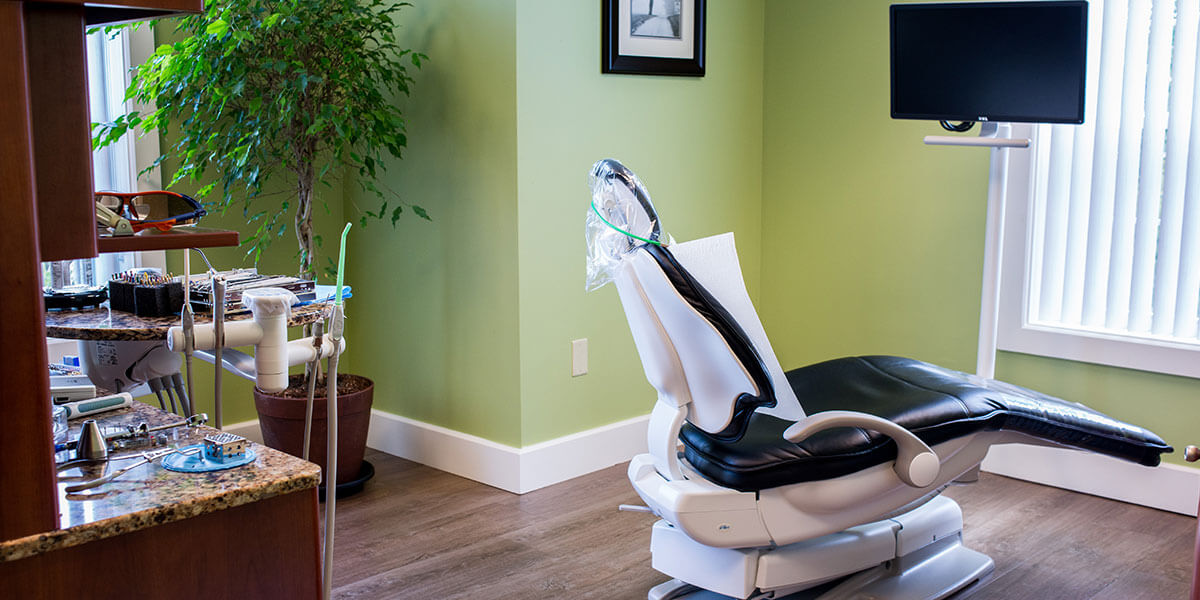Patient Instructions

Please follow the guidelines below and contact us with any questions.
- No eating or drinking for the first 30 minutes following your treatment. Also avoid feeling around your tooth with your tongue. This is to allow the temporary filling sufficient time to harden.
- If you were given any prescriptions, please have them filled promptly and take as directed. If no prescriptions were given, you may choose to take ibuprofen medications such as Motrin or Advil (as long as you do not have any allergies to these medications) for alleviation of discomfort and swelling. Alternatively, you may use Tylenol. Do not exceed the guidelines printed on the label for any medication. If you are unable to achieve adequate pain control, please call our office.
- Applying a cold compress to the face near the treatment area will help minimize swelling. If using an ice pack, please do not apply ice directly to your skin but place a cloth between the ice and your skin at all times. You may apply the cold compress for up to 20 minutes on and at least 20 minutes off for the next 6-8 hours as needed.
- Once you resume eating and drinking, avoid chewing or biting on the treatment area until your permanent restoration is placed. The temporary filling or crown placed immediately following root canal treatment is usually a soft composite that is vulnerable to fracturing (cracking). For this reason, it is important to avoid chewing on hard substances such as peanuts, pretzels, hard candy, ice cubes, etc.. You may experience increased sensitivity prior to the placement of the final restoration. You will need to see a restorative dentist within a month to have a permanent crown or filling placed. Please contact your restorative dentist to make an appointment at your earliest convenience. Waiting longer than a month increases the chances that the temporary will fracture or that decay will develop in the affected area.
- Please keep the treated area clean by gently brushing and flossing regularly.
- It is rare for a temporary filling to fall out although it may divot while in use. If the temporary falls out, please contact your general dentist as soon as possible. If your temporary falls out after office hours, you may purchase some temporary filling material from a pharmacy and follow the included instructions to cover the area until you can be seen in our office.
- Some discomfort is normal for 2 to 4 days following root canal therapy. In some cases the tooth and surrounding tissue may be sore for a few weeks following treatment.
- Please brush and floss as usual unless otherwise instructed by our office. Follow any other instructions provided by our office during your visit. Please take all medications as prescribed.
THIS SECTION IS VERY IMPORTANT, PLEASE READ CAREFULLY
While flare-ups are rare, they occur in about 5% of cases and may cause significant pain. They generally only occur with teeth that are extremely irritated and/or infected or with teeth that have a history of prior treatment. These sometimes occur randomly, even on patients that have had root canals done in the past without problems. If you have a flare-up, you may experience moderate to severe pain, swelling, throbbing, or general discomfort; please contact our office right away. You may be prescribed additional medication such as antibiotics, and/or you may be asked to come to the office for further treatment.
- Please do not try to view the site by pulling on your lip and do not probe the area with your tongue or fingers. This may cause the sutures to come out prematurely. Avoid forcefully rinsing or spitting or drinking through a straw. Biting on a gauze pad placed directly on the wound for 30 minutes will help reduce bleeding. Some bleeding is normal for the first 24 hours. If bleeding continues please call our office.
- Please take all medications, including mouth rinses, as prescribed.
- After 24 hours, warm salt water rinses (one-half teaspoon of salt in a cup of warm water) can be used 4-5 times a day after meals.
- After 24 hours, brush your teeth with a soft manual toothbrush. Be gentle with brushing the surgical areas.
- Sutures may be placed after the surgery, and most sutures dissolve on their own.
- Swelling and bruising may occur. Applying a cold compress to the face near the surgical site will help minimize swelling. If using an ice pack, please do not apply ice directly to your skin but place a cloth between the ice and your skin at all times. You may apply the cold compress for up to 20 minutes on and at least 20 minutes off as needed. After 36 hours the cold compress will have no further impact on swelling. After this period, the application of moist heat to the sides of the face can help reduce swelling. Alternate the warm pack on and off in 15 minute intervals as needed.
- Drink plenty of fluids. Stay away from spicy or acidic foods. Also avoid sharp and crunchy foods like tacos, chips and nuts. Tobacco and alcohol should not be used. Alcohol should not be used in combination with pain medications nor antibiotics.
- Keep physical activities to a minimum immediately following surgery.
